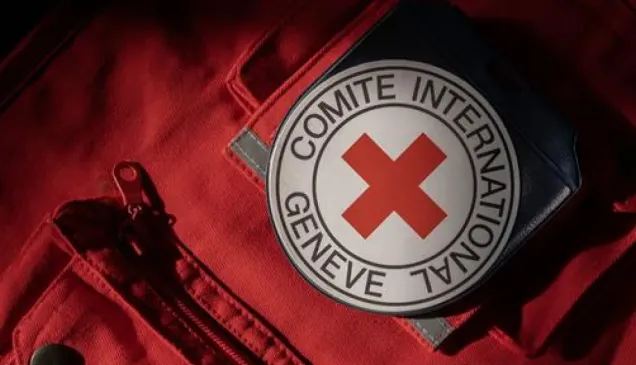Review of new weapons
Parties to an armed conflict are limited in their choice of weapons, and in the means and methods of warfare they use, by the rules of international Parties to an armed conflict are limited in their choice of weapons, and in the means and methods of warfare they use, by the rules of international humanitarian law. When developing or acquiring new weapons, States should determine whether they comply with these rules. Current advances in new technologies mean that it continues to be vitally important to assess the legality of new weapons.
Limitations on the use of weapons have always existed. Laws and customs of war, such as the rules contained in codes of chivalry, regulated the way wars could be conducted for many centuries. During the last 150 years, a series of international humanitarian law treaties have codified and developed these norms, which contain a number of restrictions on the means and methods of warfare allowed in armed conflicts.
The overall guiding principle is that parties to an armed conflict are limited in their choice of weapons and how they use them. These limits include prohibitions on weapons that cause superfluous injury or unnecessary suffering or that are incapable of distinguishing between civilians or civilian objects and military targets. These are fundamental rules of international humanitarian law.
In addition, there are a number of conventions that regulate or prohibit the use of specific weapons. These include prohibitions on biological and chemical weapons, anti-personnel mines and blinding laser weapons.
Article 36 of the 1977 Additional Protocol I to the Geneva Conventions of 1949 requires each State Party to ensure that the use of any new weapons, means or methods of warfare that it studies, develops, acquires or adopts comply with the rules of international humanitarian law. However, all States have an interest in assessing the legality of new weapons, whether or not they are party to Additional Protocol I. Such assessments will contribute to ensuring that the State's armed forces can conduct hostilities in accordance with that State's international obligations.
Carrying out legal reviews of new weapons continues to be important in light of the rapid development of weapons technology. At the 28th International Conference of the Red Cross and Red Crescent, States party to the Geneva Conventions declared that "in light of the rapid development of weapons technology and in order to protect civilians from the indiscriminate effects of weapons and combatants from unnecessary suffering and prohibited weapons, all new weapons, means and methods of warfare should be subject to rigorous and multidisciplinary review."
To date, however, only a few countries are known to have set up formal review mechanisms for new weapons. In 2006, in order to assist States, the ICRC drew up a Guide to the Legal Review of New Weapons, Means and Methods of Warfare. It was prepared in consultation with military and international law experts from ten countries.
Additional Protocol I does not specify how each State Party should determine the legality of the use of new weapons, means and methods of warfare that it studies, develops, acquires or adopts. It is up to each State to set up its own review mechanism. However, the obligation clearly implies that there should be a permanent procedure that is mandatory for all arms development or procurement.
The Guide itself is not a definitive statement on how new weapons, means and methods of warfare should be reviewed. But it does reflect the ICRC's own interpretation of the relevant legal requirements and the experience and practice of those States that so far have established weapons review procedures. The hope is that the publication of the Guide will significantly increase the number of States setting up national review mechanisms.



